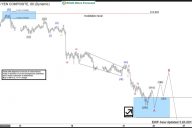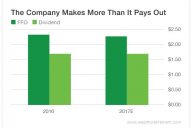
For the past few years, many Wall Street strategists called the rotational shift from domestic equity returns (and flows) to international equity returns (and flows) incorrectly…or at least too early. Despite valid rationale supporting more growth potential in international stock markets than in domestic stock markets, given both the length of the secular bull market and economic recovery in the United States, the bull market run in the U.S. has continued. However, thus far in 2017 the tides appear to be starting to shift away from domestic shores and towards international countries.
As the chart below depicts, while U.S. stocks have outperformed both international developed and international emerging market stocks over the past five years, recent momentum appears to be on the side of international stocks based on 2017 year-to-date (YTD) return information.

Source: Bloomberg. All returns are USD total returns as of March 17, 2017. Total returns assume dividends are reinvested in the index. 3 and 5 year returns are annualized using weekly return data while 1 year and 2017 YTD returns are actual using daily return data. Past performance is not indicative of future results.
These YTD returns may come as a surprise to some investors as so much attention has been placed on the returns of U.S. stocks in conjunction with investor enthusiasm for certain areas of the market. These areas of the market are often associated with the “Trump Trade” and the Trump Trade momentum, while it has slowed of late, has taken the U.S. stock market to new, and record, highs during the 1st quarter of 2017. However, both international developed and international emerging markets, as represented by the MSCI EAFE and MSCI EMG indexes listed in the table above, have surpassed the U.S. stock market, as represented by the S&P 500 index listed in the table above, returns through March 17, 2017 and international emerging markets have returned more than the U.S. stock market for the past one year period as well.











No Comments